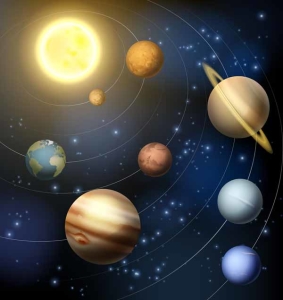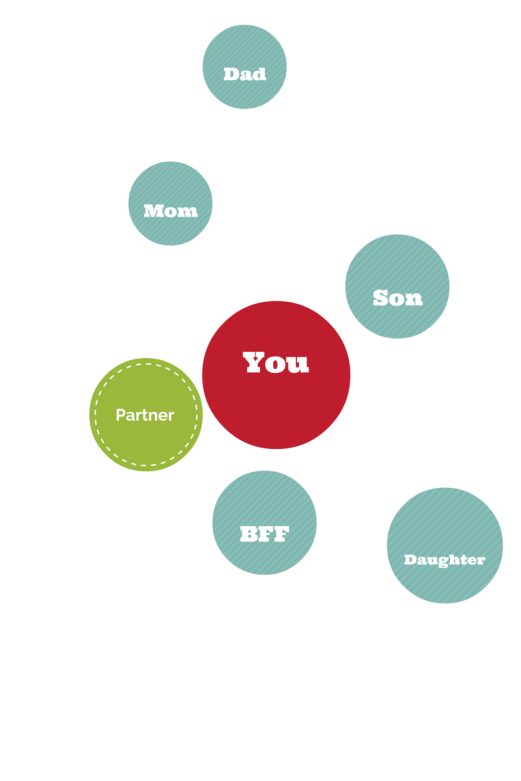
“Only through our connectedness to others
can we really know and enhance the self.
And only through working on the self can we
begin to enhance our connectedness to others.”
~ Harriet Goldhor Lerner
We are hardwired to connect.
We need each other in order to survive. Even those of us who are introverts still need to be connected to others. Psychologists often talk about attachment and how our important relationships shape who we become.
When our attachments are strong:
- We feel safe
- We can deal more effectively with stress
- We are better able to balance our emotions
- We feel known by another person
- We know that someone “has our back”

Continuing the series of blogs on wellness, this post spins around the wellness wheel and focuses on intimacy, one of the 12 dimensions of wellness. Although we often associate the concept of intimacy with sex, intimacy is much more than that. True intimacy is about closeness, letting yourself be known, and allowing yourself to be vulnerable with another. This closeness can be with a partner, a friend, a parent, or really anyone who is important in our lives.
The Space Between Us
One of my mentors, Ruthellen Josselson, has written a great deal about relationships. In one of her earlier books, she spoke about how we are thrust into separateness when we are born and how we must live our lives alone in our bodies. She says, “relationship becomes the only means of overcoming the space between us.”

Ruthellen built on this idea by creating a method to understand the relationships in our lives. She calls it a Relational Space Map. We can map out our relationships just like diagrams of the solar system we saw as children.
Ruthellen suggests that you draw a map for each period of your life. What were the relationships you had as a child? As an adolescent? As a young adult? What are the today?
I challenge you to create a map of your relationships. On your map, draw the people that were important to you in the stages of life and draw each person close to you or distant from you. This closeness or distance is not about geography, but rather emotional closeness. You can feel close to someone who is far away, or even someone who has passed. The map becomes a pictorial image of your relationships during different touch points in your life.
Here is an example of what a map might look like:
 As you draw these maps think about how these relationships changed. What is the meaning of intimacy with these people in your life? Did someone move closer or further?
As you draw these maps think about how these relationships changed. What is the meaning of intimacy with these people in your life? Did someone move closer or further?
Think about how each of these relationships contributes to your wellness and quality of life. As you think about them recognize your own role in nurturing them and how so much of your life is filled by the people you love.

Dr. Ines K. Roe has been helping women in transition rediscover themselves for over 20 years. If you’re been feeling unfulfilled, are frustrated with your sense of accomplishment in midlife, or simply need guidance on your path to holistic well being, consider her ecourses.

Leave A Comment